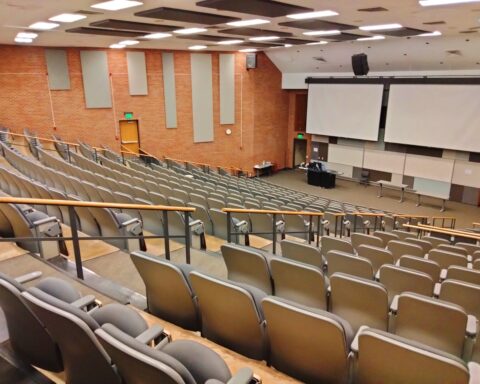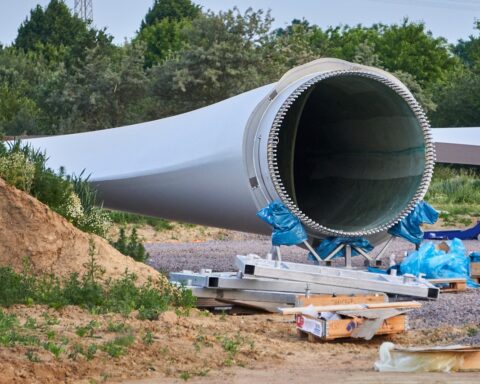The Office of Energy Efficiency and Renewable Energy (EERE) at the U.S. Department of Energy (DOE) has put out a request for information (RFI) on a draft strategic framework for making products and materials more sustainable.
Specifically, EERE is looking for ways to use circular practices—keeping materials in use as long as possbile—to reduce carbon emissions, strengthen supply chains, support communities and create jobs.
The current economic system, both in the U.S. and around the world, mostly follows a linear approach: resources are taken from the earth, turned into products, used and then discarded.
This approach to manufacturing leads to high carbon emissions, energy use, resource depletion, waste and environmental damage while causing valuable materials to be lost from the economy.
RELATED: DOE makes $63 million available for battery recycling, advanced manufacturing
Marginalized communities often bear the brunt of the harm caused by resource extraction and waste, contributing to global supply chains that have trouble recovering from disruptions. As demand for materials keeps rising, adding to environmental and social pressures, a circular economy has been suggested as a more sustainable option.
By keeping products and materials in use for as long as possible, environmental impacts can be minimized while providing economic, environmental and social benefits.
“Increasing products and materials circularity will enhance our U.S. manufacturing competitiveness, strengthen our supply chain security and provide direct economic benefits to local communities,” EERE Principal Deputy Assistant Secretary Jeff Marootian says. “This strategic framework aims to catalyze the necessary technological advancements that will accelerate these efforts across the economy.”
Promoting circular supply chains for products and materials allows the country to take advantage of the opportunities offered by a circular economy. Previous EERE investments have already made progress, making this focus on product and material circularity a key opportunity to:
- Lower the environmental impact of U.S.-made products.
- Ease the strain on local communities from resource extraction and processing.
- Boost the security and resilience of supply chains.
- Strengthen domestic manufacturing and create quality jobs.
- Take the lead in developing and commercializing technologies for processing materials at the end of their life cycle.
For this RFI, EERE is seeking feedback from industry, academia, research labs, government agencies and other stakeholders on issues related to making products and materials more circular, specifically:
- How to prioritize research, development and technology to focus on the best opportunities for reducing carbon emissions, improving supply chain security, benefiting communities and boosting manufacturing competitiveness.
- Key opportunities, challenges and factors that can help increase circularity in products and materials.
- Ways to link business models and policies to speed up the use of advanced technologies greater impact.
- Data and analysis that can guide priorities and track progress.
Due to the many different ways to increase circularity in the economy, the draft strategy outlines how EERE will decide which actions to prioritize for real-world impact. Ongoing, coordinated efforts and investments are necessary to tackle the major challenges outlined in this strategy.
Future EERE efforts will focus on developing technologies that enable product and material circularity, along with providing technical assistance, data and tools to support decision-making in areas that reduce costs, speed up circular supply chain development and provide the greatest overall benefits.
Responses to the RFI must be submitted electronically to CircularEconomyRFI@ee.doe.gov by 5 p.m. ET Dec. 16.
Photo by Simon Kadula on Unsplash














